Stretching can be a safe option for neck pain relief, but it has its limitations. If your neck pain is severe (something like 7 or more on a 1-10 point pain scale) you really need to seek medical attention, especially if the pain started immediately following an accident (trip and fall, sports injury, car accident, etc).
If the pain is mild to moderate (6 or less on a 1-10 point pain scale) you have more options and stretching may be a great tool to include in your recovery or rehab process. However, there are still a few situations that going to a doctor would be the best thing to do even if the pain is mild to moderate.
If you have any of the following symptoms going to a see a doctor (one that is able to take x-rays before any treatment is considered) is the best thing to do;
- Severe pain (7 or more in a 1-10 point pain scale)
- Swollen muscles
- Muscle weakness (dropping things, noticeably weaker on one side)
- Difficulty swallowing
- Severe or sudden onset headache
- Chronic numbness or tingling in neck, arms, or hands
When it comes to stretching or exercises to get neck pain relief you want to always go slow and let pain be your guide. Some of the stretches and exercises may not help your kind of neck pain, but they do have a chance of making your neck pain worse. As you slowly perform a stretch or exercise if the pain gets worse then stop, don’t force yourself past the pain. Take a break for at least 2-3 days before trying it again.
There are several YouTube videos and websites dedicated to showing you how to perform various stretches and exercises for your neck, but we’re going to focus on one that is useful and safe for many different types of neck problems.
Tilting your head to the side (called lateral flexion) is a motion that is both a great stretch and exercise for your neck because it engages the coupled motion movement of your cervical spine (tilting your head to the side also causes your neck bones to rotate), and stretches the complex bundle of muscles and nerves along the side of your neck.
Sitting up straight in a chair (or standing) you hold one arm straight and angled about 30-45 degrees from your side with your thumb pointed up and palm facing forward:

Then slowly and as you exhale tilt your head toward the shoulder opposite the outstretched arm until you begin to feel the pulling sensation on the side of your neck, through your shoulder, and into your right arm. It will be uncomfortable, but shouldn’t make your pain worse.

Keep your head tilted for 3 to 5 seconds before tilting it back towards the shoulder of the outstretched arm and again hold it for 3-5 seconds.

Slowly tilt your head back and forth (holding for 3-5 seconds in each position) about 3-5 times. Then repeat the process with the other side. Eventually, you may gain more flexibility in your neck and you might want to increase the amount of stretch. You can do that by using the non-stretched out hand to assist (very gently) in tilting the head.

Some people get temporary relief of their neck pain with they “crack” or “adjust” their own neck using both hands to twist the head as they bend it to the side. Often one hand is place on the chin and pushes in the opposite direction and a hand on the back of the head, like this…

DO NOT DO THIS! This may provide temporary relief, but that type of motion is trains the muscles of the neck to move in an uncoordinated way and will only make the problem worse in time.
When in doubt consult a doctor and don’t risk making the problem worse.
Ready to get your life back?
Schedule an appointment below.
